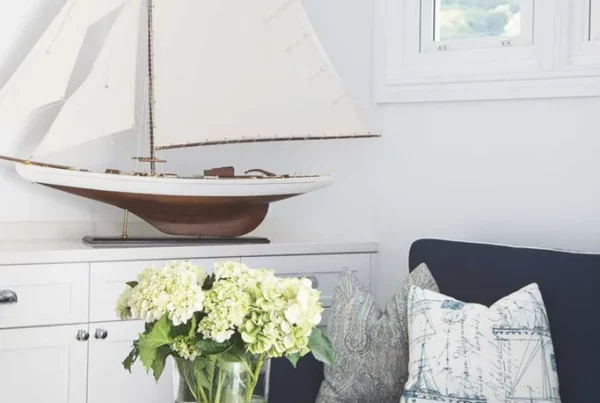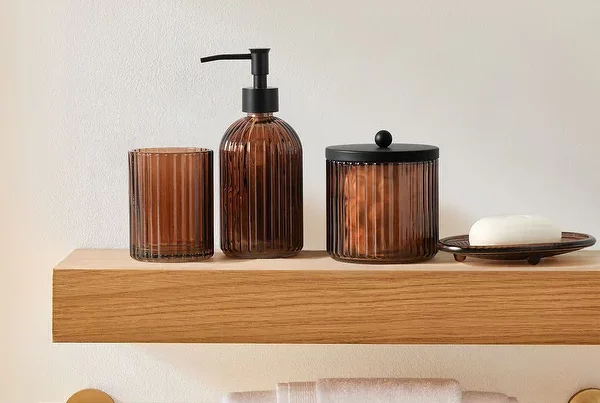In today’s diverse design landscape, creating a harmonious living space that reflects both personal style and functionality can be challenging. This article explores how to incorporate elements from various design eras to develop cohesive interiors that resonate with timeless appeal. By understanding the principles of timeless design, integrating iconic elements, and balancing modern trends with classic features, homeowners and designers can enhance their spaces without sacrificing aesthetic integrity.
Learn how to transform your environment into a captivating narrative that seamlessly blends different styles, promotes versatility, and addresses the ongoing desire for both beauty and practicality in home design.
Table of Contents
Understanding Timeless Design Principles
Timeless design principles serve as the foundation for creating spaces that remain aesthetically pleasing and functionally effective across generations. Drawing upon historical trends while adapting to contemporary needs, these principles ensure that design withstands the test of time. In this section, we will explore key elements of timeless design and their significance in creating memorable spaces.
The Importance of Proportion and Scale
One of the fundamental aspects of timeless design is the understanding of proportion and scale. These concepts determine how different elements within a space interact with one another and affect the overall feel of the environment. When proportion and scale are introduced thoughtfully, a room can feel more cohesive and harmonious. Here are a few tips to consider:
- Balance Height and Width: Ensure that furniture and decor items complement each other in terms of height and width, creating a balanced visual weight.
- Scale Matters: Use larger pieces for open areas, while smaller items suit confined spaces, promoting a sense of comfort and accessibility.
- Negative Space: Incorporate negative space strategically to enhance the significance of the design elements that do occupy the area.
 Color Theory: A Timeless Palette
Color Theory: A Timeless Palette
Color plays a crucial role in setting the mood and tone of a space. Timeless design often utilizes a palette that transcends fleeting trends. Neutral colors, subdued tones, and natural shades are potent choices that endure across various states of fashion:
- Neutrals for Flexibility: Neutrals provide a versatile backdrop, allowing for easy updates with accessories that can change with your mood or season.
- Accent Colors: Incorporating bold accent colors in small doses can add personality without compromising the foundational elements of timelessness.
- Nature-Inspired Tones: Earthy colors derived from nature often reflect a sense of calm and stability, connecting interior spaces to the outside world.
Craftsmanship and Quality Materials
The use of high-quality materials and craftsmanship is synonymous with timeless design. Investing in durable, sustainable materials ensures that pieces not only look good but also stand the test of time:
- Natural Materials: Wood, stone, and natural fibers not only age gracefully but also tell a story, enhancing the character of a space over time.
- Attention to Detail: Well-crafted pieces featuring intricate details, like bespoke joinery or hand-finished surfaces, add a layer of sophistication.
- Sustainability: As eco-consciousness grows, choosing sustainable materials aligns with modern sensibilities while also contributing to a legacy of timelessness.
Functional Versatility
The essence of timeless design is its ability to adapt. Spaces should be functional, providing versatility to accommodate a variety of activities and styles:
- Multi-Functional Spaces: Areas designed with flexibility can adjust for different uses, from entertaining guests to family activities.
- The Power of Reconfigurability: Furniture that can serve multiple purposes, such as a sofa bed or extendable dining table, enhances practicality without sacrificing aesthetic appeal.
- Organizational Solutions: Timeless designs often feature built-in storage solutions that keep spaces uncluttered, balancing both style and functionality.
Enduring Styles and Iconic Inspirations
Timeless design often draws inspiration from various styles that have demonstrated lasting appeal. Elements from classical architecture, mid-century modernism, and even art deco continue to influence contemporary spaces. Incorporating these iconic styles can invoke nostalgia while maintaining relevance:
- Classical Influences: Columns, arches, and elegant moldings carry a historical weight that evokes grandeur and sophistication.
- Mid-Century Modernism: This style emphasizes simplicity, minimalism, and functionality, hallmarking pieces that adapt to evolving tastes.
- Art Deco Accents: The bold geometry and luxurious materials of art deco serve as timeless focal points in modern interiors.
Understanding these fundamentals of timeless design principles equips homeowners and designers alike with the tools necessary to create spaces that are not only beautiful but also enduring. By incorporating proportion, a curated color palette, quality materials, versatility, and iconic inspired elements, we can craft spaces that resonate across time and trends.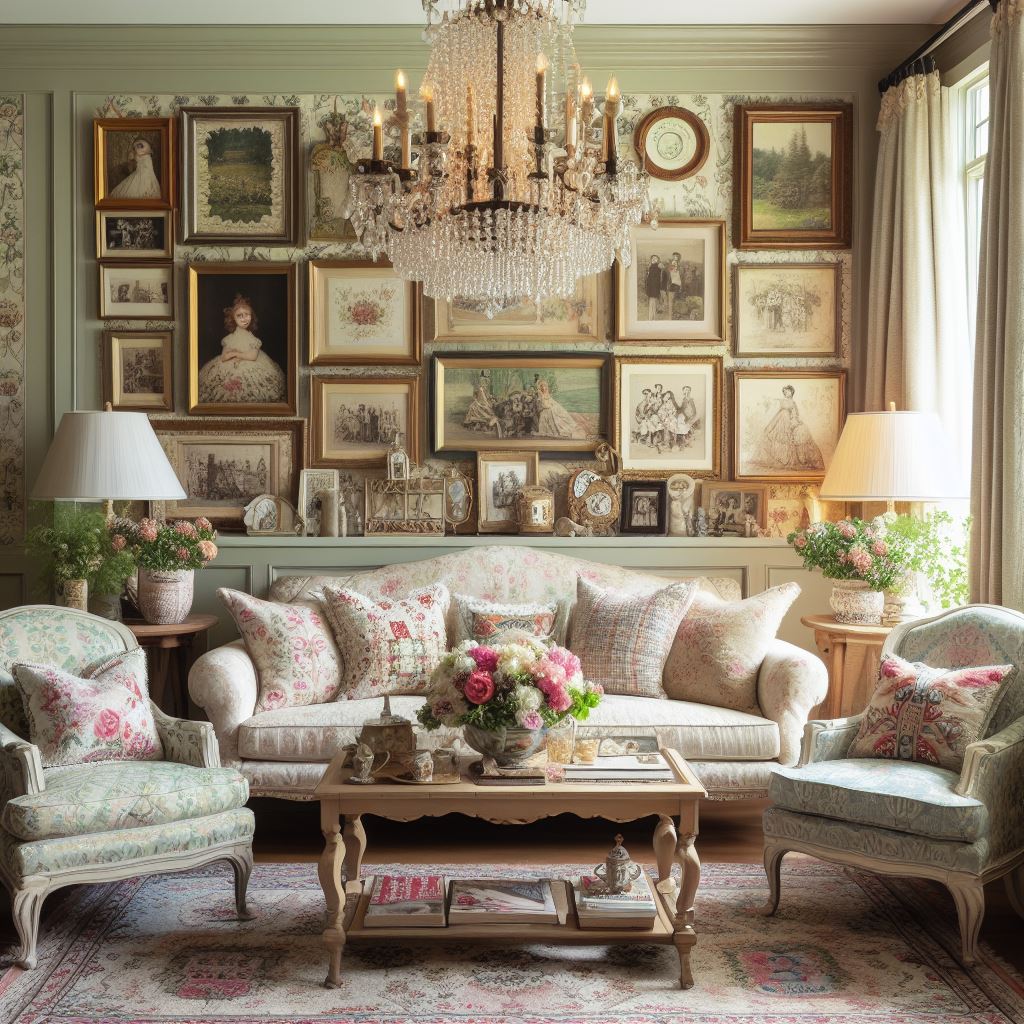
Incorporating Iconic Elements from Each Era
Design is not merely about aesthetics; it captures the essence of time and culture. Each era in design history has given us iconic elements that can be skillfully incorporated into contemporary spaces. Blending these historic touches with modern sensibilities creates an engaging narrative in your home, allowing for an experience that feels both immersive and timeless. Let’s explore some of these iconic elements from various design eras and how you can introduce them into your own space.
Embracing Art Deco Elegance
The Art Deco period, popular in the 1920s and 1930s, is characterized by glamour, luxury, and ornate details. When incorporating Art Deco elements into your design, consider:
- Geometric Patterns: Use bold, geometric shapes in textiles, wallpapers, or area rugs to evoke the era’s distinctive flair.
- Luxurious Materials: Introduce materials like polished metals, crystals, and glass to create a sense of opulence. A striking chandelier or a mirrored coffee table can serve as a perfect statement piece.
- Color Palette: Incorporate rich colors like deep navy, emerald green, or gold accents to convey a sense of elegance and sophistication.
By blending these Art Deco inspirations with contemporary furniture, you can foster a fusion of the old and the new that is truly captivating.
The Romantic Charm of Victorian Design
Originating in the 19th century, Victorian design boasts an intricacy reminiscent of a bygone era. This style thrives on decorative detailing and warm fabrics. To bring Victorian charm into today’s homes:
- Antique Furnishings: Seek out antique pieces or replicas, such as tufted armchairs and ornate wooden tables, to establish a foundation of elegance.
- Rich Textiles: Use heavy drapes, plush cushions, and patterned upholstery to create an inviting atmosphere.
- Wall Decor: Consider installing wallpaper with floral motifs or wainscoting panels, adding layers of texture to your interiors.
Infusing modern functionality with Victorian aesthetics can evoke a unique sophistication in your space.
Minimalist Simplicity from the Modern Movement
The Modern Movement, emerging in the early 20th century, champions minimalism and functional design. It’s about eliminating excess and focusing on what truly matters. Incorporate this ethos through:
- Streamlined Shapes: Choose furniture with clean lines and simple shapes to promote a clutter-free environment.
- Neutral Color Schemes: Utilize a palette of whites, grays, and browns to create a calming backdrop for your home.
- Functional Decor: Adopt decorative items that also serve a purpose—think stylish storage solutions that enhance your space without compromising design.
Incorporating modern elements into your decor can help create a seamless flow and promote tranquility.
The Bohemian Spirit of the 1970s
The Bohemian style, particularly prominent in the 1970s, highlights individuality and artistic expression. To channel this vibrant style in your home:
- Eclectic Combinations: Mix and match different cultural influences through textiles, artwork, and decor. This could be anything from African prints to Asian antiques.
- Layering Textures: Soft layers—throws, rugs, and cushions—create comfort and an inviting atmosphere that invites relaxation.
- Natural Elements: Incorporate plants and organic materials to bring the outdoors in and foster a connection with nature.
Embracing the eclectic spirit of Bohemian design allows for a personal and expressive living space that reflects your unique journey.
Combining Elements for a Cohesive Look
While each era has its hallmark styles, the true magic lies in how these components can be combined to reflect your personal tastes. Consider adopting:
- Transitional Styles: Create a balanced aesthetic by pairing ornate Victorian furniture with the simplicity of modern forms.
- Artistic Fusions: Let your love for various periods shine through artwork or decor items that blend different styles, ensuring a harmonious environment.
- Accent Pieces: Select key items from each era to serve as focal points, such as an Art Deco lamp or a Bohemian tapestry, weaving your design story together.
By thoughtfully integrating iconic elements from various eras, your space can tell a rich and layered story, inviting admiration and introspection from every guest who steps into your home.
For further reading on effective design strategies that incorporate historical elements into modern aesthetics, visit Dwell.
 Balancing Modern Trends with Classic Features
Balancing Modern Trends with Classic Features
In today’s dynamic design landscape, achieving a harmonious blend of modern trends and classic features is essential for creating inviting and timeless spaces. While contemporary aesthetics often feature clean lines and minimalism, classic elements introduce warmth, character, and a sense of history. This interplay can forge environments that reflect personal style while being both current and enduring.
Understanding the Modern Aesthetic
Modern design is characterized by a focus on functionality, simplicity, and open spaces. Key elements include:
- Neutral color palettes: Whites, grays, and earthy tones dominate, providing a calm backdrop.
- Sleek materials: Glass, metal, and polished wood lend a contemporary touch.
- Minimal decor: The “less is more” philosophy encourages intentionality in decoration.
This aesthetic offers versatility and ease but can sometimes miss the emotional depth and narrative that classic features provide. Infusing modern designs with traditional elements can create depth and enhance livability.
Classic Features: Timeless Elegance
Classic design features evoke nostalgia and a sense of permanence. Elements such as ornate moldings, traditional textiles, and antique furniture can serve as focal points that draw the eye and ignite curiosity about the stories they carry. Integrating these features can soften the starkness of modern design and add layers of interest.
Several classic aspects to consider integrating include:
- Architectural details: Crown molding and wainscoting can add a refined look to modern spaces.
- Textured fabrics: Layering fabrics like velvet or brocade can bring warmth and comfort.
- Antique furnishings: Vintage pieces can serve as statement items, fostering a unique narrative.
Strategies for a Successful Blend
Successfully merging modern and classic aesthetics requires thoughtful consideration. Here are some strategies for achieving that balance:
- Focus on a cohesive color scheme: While modern trends favor subdued tones, consider incorporating richer hues through classic elements, which can enhance visual interest without overwhelming.
- Layer textures: Combining sleek, modern fabrics with more traditional textures can create a dynamic and tactile experience within your space.
- Space planning: Create a harmonious flow by thoughtfully arranging classic furniture alongside modern pieces. Use zoning techniques to create defined areas that emphasize both styles.
- Accent pieces: Integrate classic accessories, such as chandeliers or ornate mirrors, as striking counterpoints to minimalist furnishings.
Case Studies: Successful Integrations
Looking at real-life examples illustrates how effectively blending these styles can result in stunning interiors. For instance, a modern loft outfitted with antique furniture can create a striking up-to-date tableau. Similarly, a classic Victorian home embracing modern art and appliances can appeal to both traditional and contemporary sensibilities.
Moreover, professionals often draw inspiration from historic designs while applying them to contemporary spaces. For instance, the Houzz community showcases numerous projects where designers have successfully married modern functionality with classic aesthetics, demonstrating the successful potential of this approach.
Endless Possibilities
The journey of blending modern trends with classic features is an ongoing exploration of style, history, and personal expression. With each room serving as a canvas, homeowners can celebrate the beauty of contrasting styles, enriching their environments in ways that reflect their unique narratives.
Creating Cohesive Spaces Through Eclectic Styles
Embracing an eclectic style in your interiors can result in truly captivating spaces that defy convention while still feeling harmonious. The core of eclectic design lies in its ability to blend diverse influences, materials, and colors, creating an environment that reflects your unique personality and lifestyle. However, without careful consideration, these varied elements can feel disjointed rather than cohesive. Here’s how to skillfully weave eclectic styles into a unified design narrative.
Understanding the Foundations of Eclectic Design
To create a cohesive space using eclectic styles, it’s vital to establish a solid foundation. This foundation is built on a few guiding principles:
- Color Palette: Start with a unified color scheme. Choose three to five colors that will serve as a basis for your space. Consider using shades that complement each other, allowing you to mix patterns and styles without overwhelming the senses.
- Emphasize Balance: While eclectic design celebrates diversity, balance is essential. Arrange items with consideration of scale and proportion. Large furniture pieces can anchor a room, while smaller decorative items should be used to create pockets of interest.
- Functional Zoning: Define different areas within a space to create a sense of order. For instance, a reading nook can feature vintage furniture, while the dining area could showcase modern pieces, yet still align through the overarching color scheme or textures.
Layering Textures and Patterns
Another hallmark of eclectic design is the exceptional use of textures and patterns. This layering can enchant the eye and invite touch, creating depth in your space:
- Mixing Materials: Combine materials like wood, metal, glass, and fabric to create visual intrigue. A sleek metal lamp can contrast beautifully with a rustic wooden table, exemplifying the art of eclectic design.
- Pattern Play: Don’t shy away from combining various patterns. Stripes, florals, and geometrics can all coexist when balanced against a cohesive color palette. Use larger patterns sparingly, allowing them to act as focal points within the mix.
- Textile Options: Incorporate cushions, throws, and rugs that vary in texture. Consider materials like linen, velvet, and wool to add warmth and depth, further enriching the sensory experience.
Curate Personal Touches
To truly make your eclectic space feel cohesive, infuse it with personal elements. This not only tells your story but also provides continuity across different styles:
- Art and Accessories: Display artwork that speaks to you—whether it’s contemporary pieces or vintage finds—arranged in a way that creates flow and conversation. An art collage can be an excellent way to tie different styles together.
- Travel Mementos: Incorporate souvenirs from your travels that evoke memories. These pieces give a room personality while simultaneously blending different cultures and aesthetics.
- Family Heirlooms: Include treasured items passed down through generations. They create natural focal points and add depth to your eclectic ensemble.
Strategic Lighting to Set the Mood
Finally, don’t underestimate the power of lighting. A well-thought-out lighting scheme can unify various design elements:
- Layered Lighting: Use a combination of ambient, task, and accent lighting. Think of statement chandeliers paired with floor lamps and table lamps that reflect the eclectic style of your decor. This blend enriches the space while serving functional purposes.
- Warm Light Bulbs: Opt for warm light bulbs to create an inviting atmosphere. Lighting can significantly influence how various pieces interact with one another in terms of color and energy.
- Highlighting Key Features: Use accent lighting to spotlight artwork or architectural features, enhancing the visual narrative of your eclectic design.
Incorporating eclectic styles into your space isn’t just about mixing and matching; it’s about creating a delightful and cohesive atmosphere. With intentional choices in color, texture, personal items, and lighting, you can curate an environment that is uniquely yours and resonates with comfort and style.
For more inspirations and tips on eclectic design, visit House Beautiful, where design experts share their insights on creating personalized spaces. The article emphasizes the importance of timeless design by integrating sustainability, functional versatility, and enduring styles from various eras, including Art Deco, Victorian, Modern, and Bohemian influences. Homeowners and designers can create captivating spaces by focusing on quality materials, multi-functional furnishings, and a curated color palette that reflects personal tastes while maintaining a cohesive look.
To achieve a harmonious blend of modern trends and classic features, it’s essential to establish a unified color scheme, balance different scales and textures, and incorporate personal elements like artwork and heirlooms. Additionally, strategic lighting can enhance the overall atmosphere, tying together diverse design elements and creating inviting spaces that reflect individuality. For further inspiration, resources like Dwell and House Beautiful offer additional insights into effective design strategies.


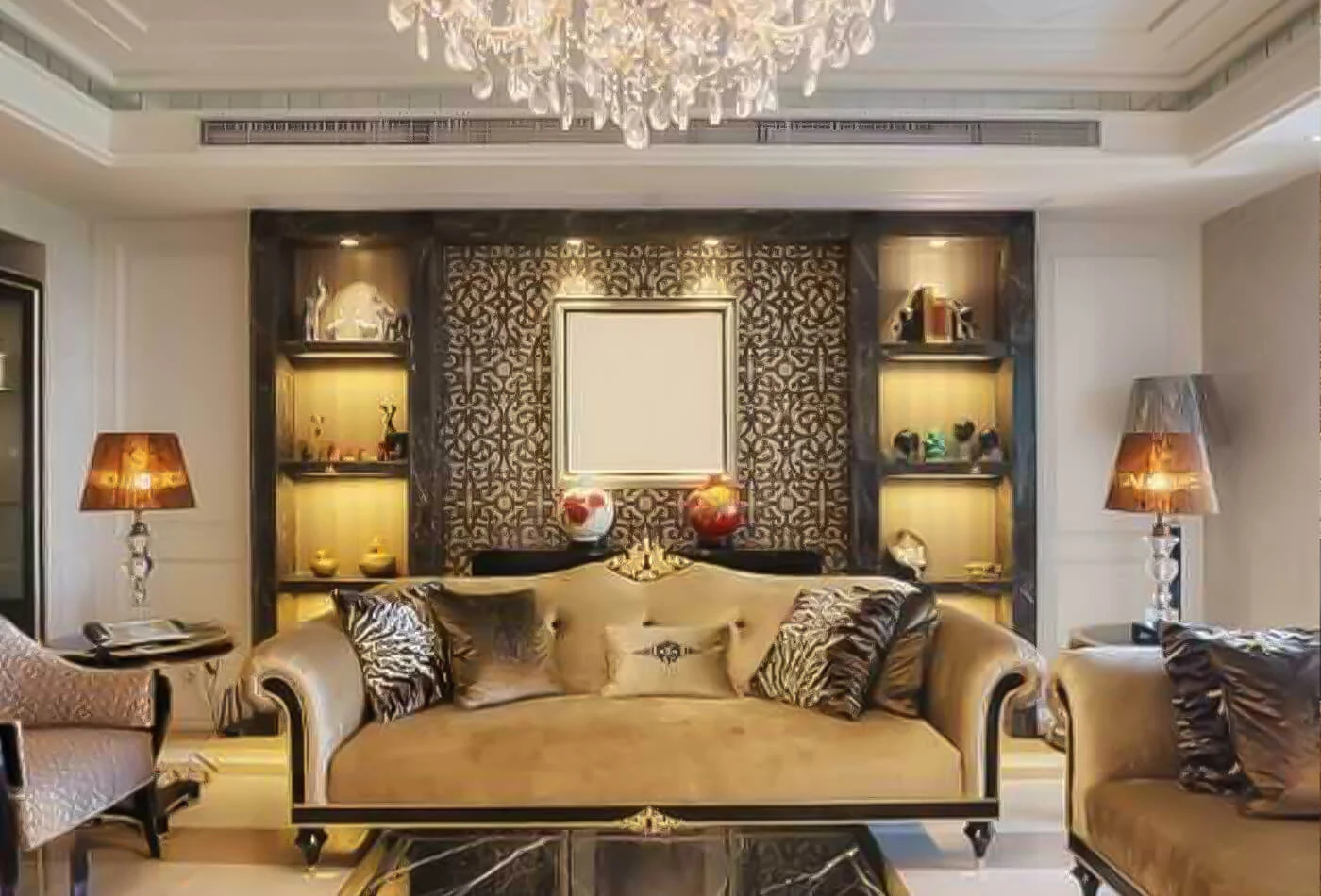
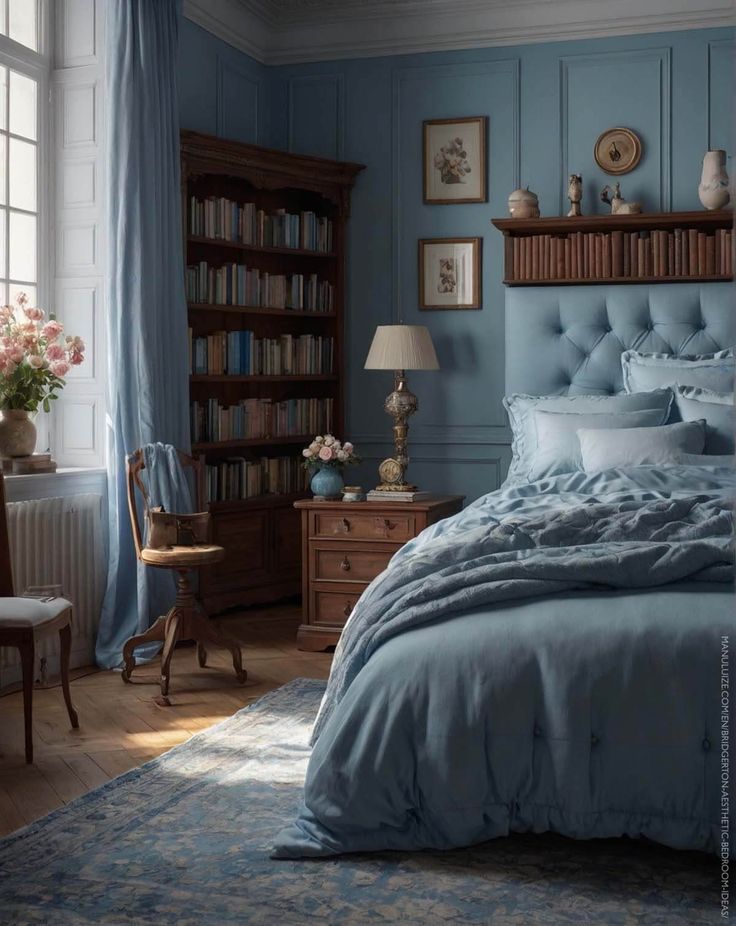 Color Theory: A Timeless Palette
Color Theory: A Timeless Palette Balancing Modern Trends with Classic Features
Balancing Modern Trends with Classic Features